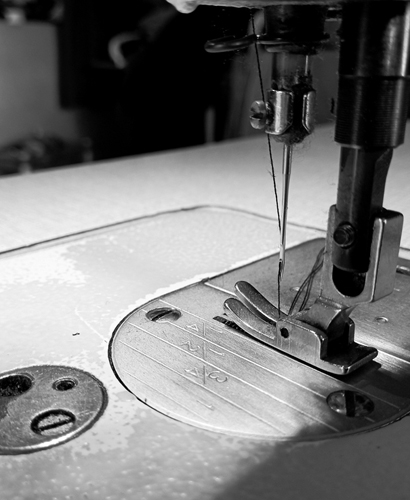At the end of the line, an end product is only as good as its raw material. That is why we buy our fabrics and trims exclusively from reputable sources with proven records in supplying premium non-spiral body fabrics and trim. In addition, we put all fabrics to an assessment test to attest, a proof test on all tensile strength, abrasion resistance, and colorfastness. All soft and stretchy materials undergo breathability testing to guarantee wearer satisfaction. Visual quality proof test in colors, textures, and finishes on all fabrics to provide visual and design consistency.

stringent colorfastness testing, assures resistance from washing, friction, and sunlight. We use widely accepted industry standards, to test for lasting color integrity, and provide longer wear time of garment

Our dye fastness verification process ensures that the dyes applied will not bleed onto other fabrics when washed or ironed, or when worn in humid conditions. The assurance of color integrity will ensure the quality and attractiveness of your product.

We conduct thorough washing testing to replicate the daily cleaning and washing duties as part of our dedication to excellence. In order to maximize the aesthetic value of your designs after numerous washings, this crucial step ensures that the dyes used in your clothing maintain their original color and do not fade.

Tensile strength and tear resistance, In order to avoid any pattern distortion, these tests assess a fabric's resistance to tearing and stretching.The garment will last longer and maintain the final design if the fabric is defined as having high strength.

By verifying the material's optimum density by using the appropriate weight measurement, we are laying the foundation to achieving consistently rich and true colour results.
We don't just fix errors at the outset, creating a more seamless and reliable process to consistently deliver what you expect.
We track every stage of development so we can ensure every product and service is consistent with the quality. This builds confidence for our clients, knowing they will get reliable results every time.
Our commitment to maintaining worldwide standards means that you can be certain that every product and solution we provide is designed with longevity, safety, and effectiveness.